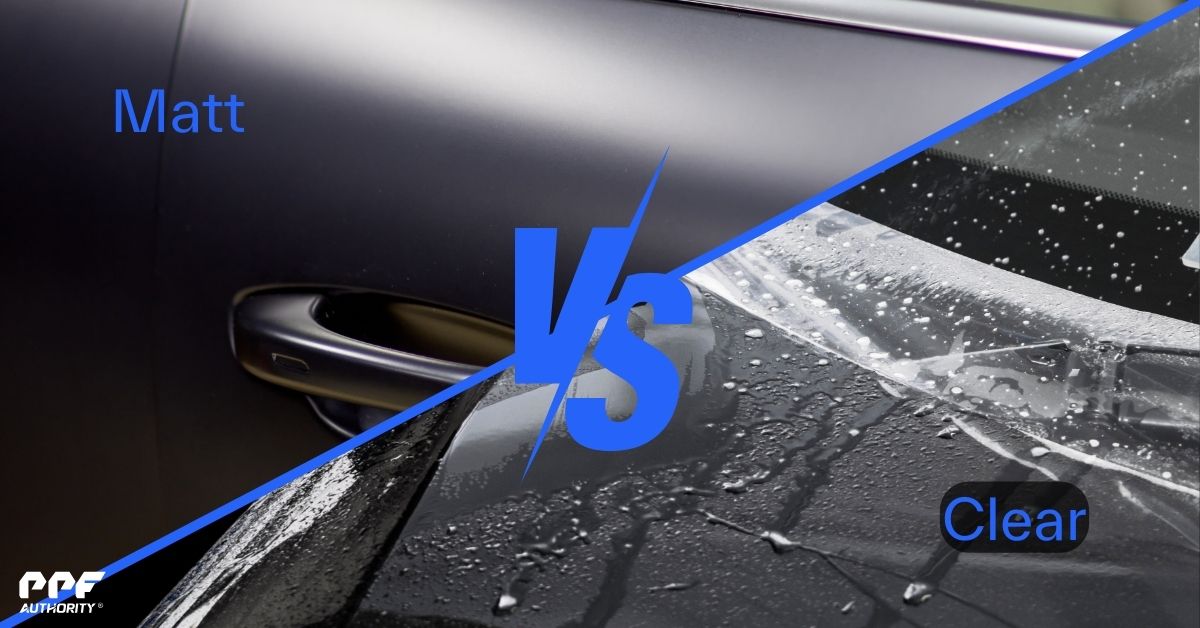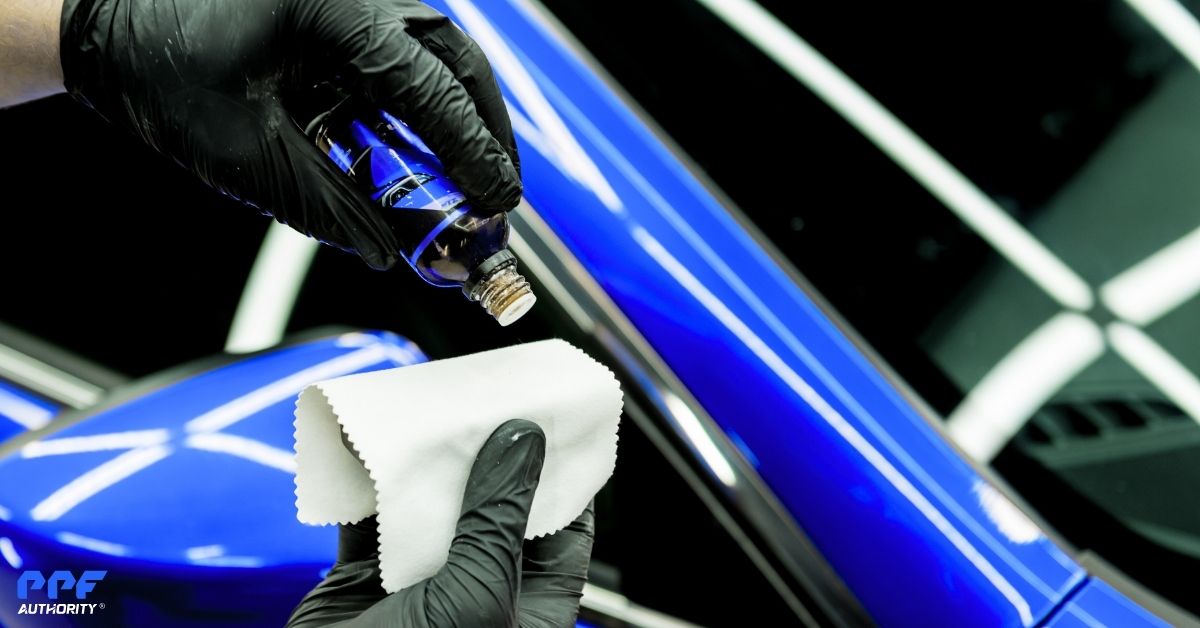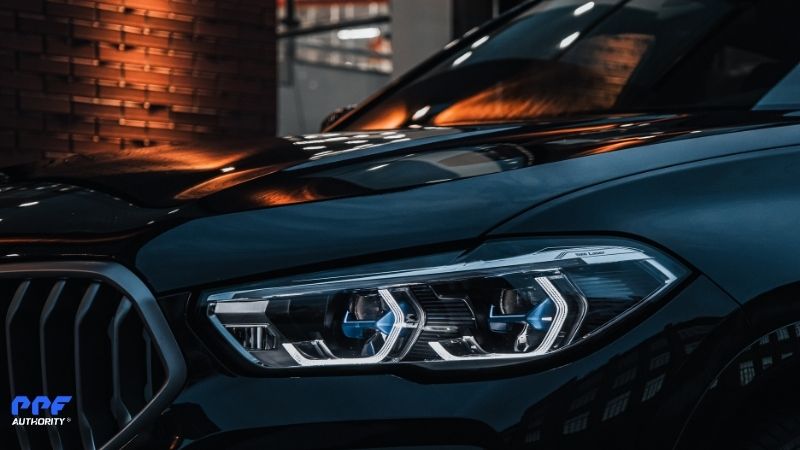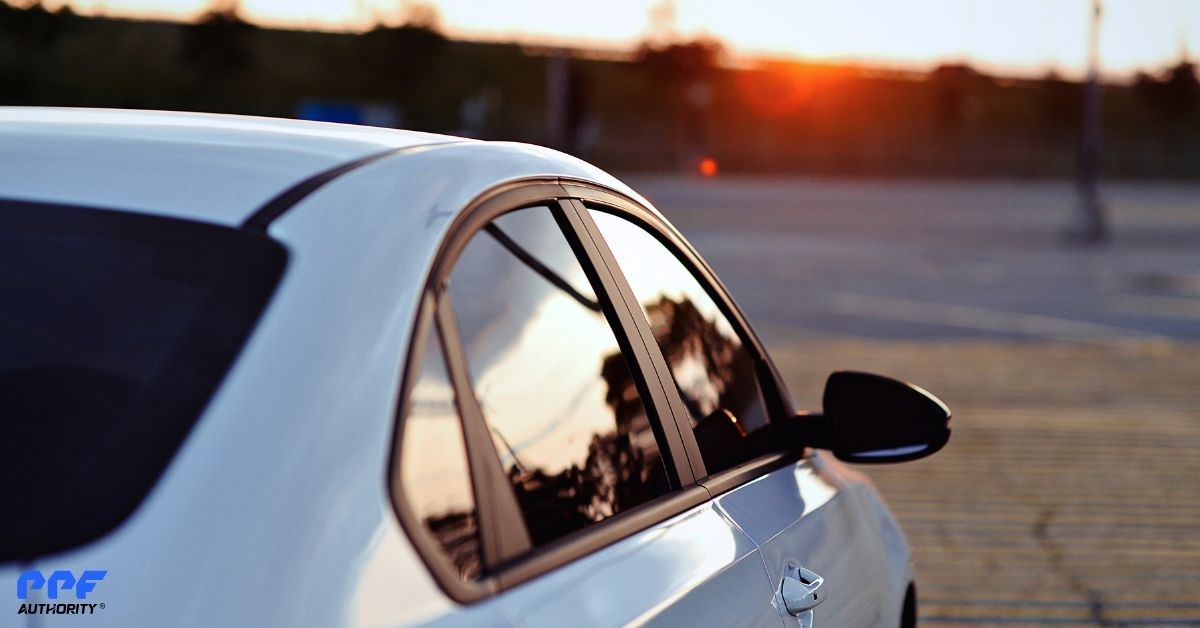Paint Protection Film (PPF) is an excellent way to protect your car’s paint from scratches, rock chips, and environmental damage. However, like your car’s paint, PPF requires proper cleaning and maintenance to ensure it stays in pristine condition and continues to provide maximum protection.
In this article, we’ll guide you through the best cleaning methods for PPF, including tips on washing, drying, and maintaining its finish, so your vehicle always looks its best.
Why Proper Cleaning Is Essential for PPF
PPF is designed to be durable, but improper cleaning techniques can reduce its effectiveness and appearance. Without regular and careful cleaning, your PPF can develop:
- Scratches or swirl marks.
- Stains from contaminants like bird droppings or tree sap.
- Loss of hydrophobic properties or gloss.
By following proper cleaning methods, you can prolong the life of your PPF and maintain the flawless finish it provides.
1. Gather the Right Cleaning Supplies
Using the correct tools and products is crucial for protecting your PPF during the cleaning process.
Recommended Supplies
- pH-Neutral Car Shampoo: Avoid harsh detergents or soaps that can damage the film.
- Microfiber Wash Mitts: Gentle on the film and effective at removing dirt.
- Soft Microfiber Towels: For drying and buffing without leaving scratches.
- Pressure Washer or Hose: Provides an even, gentle rinse.
- Foam Cannon (Optional): Creates a thick layer of soap for lubricated cleaning.
What to Avoid
- Abrasive brushes or sponges.
- Household cleaners, as they may strip protective coatings or stain the film.
- Wax or sealants unless they are PPF-safe (some waxes can leave a residue on the film).
2. Washing Your Car with PPF
Regular washing is the most effective way to maintain your PPF and prevent contaminants from building up. Aim to wash your car every 1–2 weeks, depending on driving conditions.
Step-by-Step Washing Guide
1. Rinse Thoroughly
- Start by rinsing your car with water to remove loose dirt and debris.
- Use a pressure washer or garden hose, keeping the nozzle at least 12 inches away to avoid damaging the edges of the film.
2. Foam the Car (Optional)
- If using a foam cannon, apply a layer of foam to the car to loosen dirt and provide lubrication for the wash mitt.
3. Wash with the Two-Bucket Method
- Bucket 1: Fill with soapy water (pH-neutral car shampoo).
- Bucket 2: Fill with clean water for rinsing the wash mitt.
- Dip your wash mitt in the soapy water and clean the car in straight, overlapping motions.
- Rinse the mitt frequently in the second bucket to prevent dirt from reapplying to the surface.
4. Pay Attention to Edges and Seams
- Be gentle around the edges of the PPF to prevent lifting.
- Use a microfiber mitt or towel for better control.
5. Rinse Again
- After washing, thoroughly rinse the car to remove all soap residue.
3. Drying Your Car
Drying is an often-overlooked step, but it’s essential for preventing water spots and maintaining the film’s clarity.
Tips for Proper Drying
- Use a clean, soft microfiber towel to gently pat the surface dry. Avoid dragging the towel, which can cause scratches.
- Consider using a touchless air dryer to blow water off the surface, especially around seams and edges.
- Avoid drying in direct sunlight to prevent water spots from forming.
4. Removing Stubborn Contaminants
Even with regular washing, contaminants like bird droppings, tree sap, or bug splatter can adhere to your PPF. Removing them promptly prevents staining and damage.
How to Remove Contaminants
1. Pre-Treat with a PPF-Safe Cleaner
- Use a cleaner specifically designed for PPF or a diluted isopropyl alcohol (IPA) solution.
- Spray the affected area and let it sit for a few minutes.
2. Gently Wipe Away
- Use a clean microfiber towel to gently wipe off the contaminant.
- For stubborn spots, reapply the cleaner and let it sit longer.
3. Rinse and Wash
- After removing the contaminant, rinse the area and wash as usual to remove any residue.
5. Maintaining the PPF’s Finish
To keep your PPF looking as good as the day it was installed, occasional maintenance is necessary.
Hydrophobic Properties
Many PPF products come with a hydrophobic top layer that repels water and dirt. Over time, this layer may degrade. To restore it:
- Apply a PPF-safe ceramic spray or sealant designed for urethane films.
- Avoid using waxes or sealants not specifically formulated for PPF, as they may leave streaks or residue.
Polishing and Scratch Removal
If your PPF develops minor scratches or swirl marks:
- Use a heat gun or warm water to activate the self-healing properties (if applicable).
- For non-self-healing PPF, consult your installer before attempting to polish or correct imperfections.
6. Seasonal Cleaning Tips
Winter
- Wash your car more frequently to remove road salt, which can degrade the film’s adhesive over time.
- Use warm water when washing to help dissolve salt and grime.
Summer
- Clean bugs and bird droppings immediately to prevent etching in the hot sun.
- Park in shaded areas to reduce UV exposure, even though PPF provides UV protection.
7. Inspect the Film Regularly
Regular inspections help identify and address issues early, such as:
- Lifting Edges: If you notice edges peeling, avoid high-pressure washing near those areas and contact your installer.
- Stains or Yellowing: These may occur with low-quality PPF or improper care. Professional cleaning or replacement may be necessary.
Common Mistakes to Avoid
- Skipping Regular Washing: Dirt buildup can degrade the PPF’s appearance and functionality over time.
- Using Harsh Chemicals: These can strip the film’s protective top layer or cause discoloration.
- Neglecting Edges: Be gentle around seams and edges to prevent lifting.
- Rushing the Process: Take your time to wash and dry carefully for the best results.
Conclusion
Proper cleaning and maintenance are essential for preserving the look and performance of your Paint Protection Film (PPF). By using the right tools, techniques, and products, you can keep your PPF looking flawless while maximizing its lifespan.
Whether you’re washing your car weekly or removing stubborn contaminants, following these guidelines will ensure that your PPF continues to protect and enhance your vehicle for years to come.



